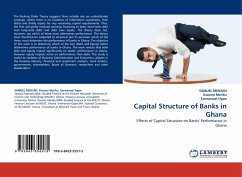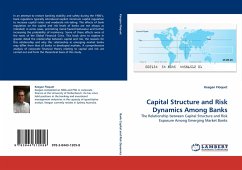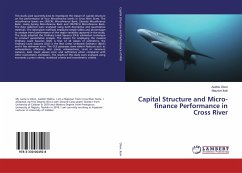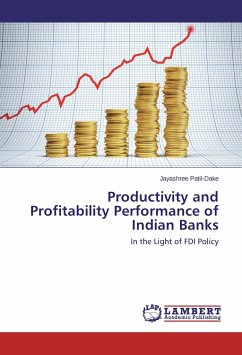
CAPITAL STRUCTURE AND PERFORMANCE OF BANKS IN GHANA
Discusses the effect of debt and equity on the profitability of banks in Ghana
Versandkostenfrei!
Versandfertig in 6-10 Tagen
32,99 €
inkl. MwSt.

PAYBACK Punkte
16 °P sammeln!
Subsequent to the seminal work by Modigliani and Miller, a lot of researchers have revealed that capital structure, generally, has an effect on firm performance, even though the direction of this effect is largely contended. Unfortunately, however, most of these findings are based on data from non-financial institutions. This study is on the relationship between capital structure and performance of banks in Ghana. Panel data from all banks in Ghana for the ten-year period (1999-2008) was used in the analysis. Using data from Bank of Ghana and a modified model by Berger and di Patti (2002), the...
Subsequent to the seminal work by Modigliani and Miller, a lot of researchers have revealed that capital structure, generally, has an effect on firm performance, even though the direction of this effect is largely contended. Unfortunately, however, most of these findings are based on data from non-financial institutions. This study is on the relationship between capital structure and performance of banks in Ghana. Panel data from all banks in Ghana for the ten-year period (1999-2008) was used in the analysis. Using data from Bank of Ghana and a modified model by Berger and di Patti (2002), the study presents very key interesting results on capital Structure theory. It is expected that these results would contribute in no small way towards solving the capital structure puzzle and also provide direction for policy makers.












